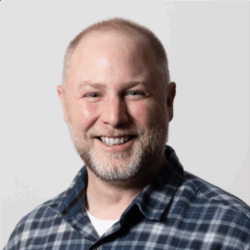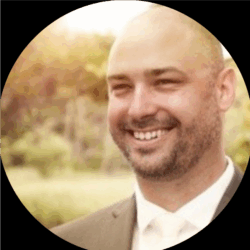Mapping and surveying underground utilities in one of the world’s largest cities is as challenging as one might imagine. Along with the surface traffic and crowds, there are hundreds of years’ worth of pipes, cables, tunnels, and foundations beneath the streets of New York City, often with uncertain or unknown locations. Gas utilities in New York City have traditionally been surveyed using total stations for transmission lines or sketched by measuring from intersections and curbs, and pulling swing ties from buildings for distribution lines. These methods have served well for a long time, but have clear limitations, including accuracy, lack of geolocation, and incomplete data. Now, as utility owners and consultants adopt 3D tools for CAD, GIS, and digital twins for faster data-driven decisions, and as industry standards like ASCE 75-22 gain momentum, new tools and workflows for mapping and as-built surveys are needed to meet these demands.
This session will bring together utility owners, consultants, and industry experts to discuss current practices in New York City and ongoing efforts to modernize data collection, visualization, and management. Panelists will address the complexities of working in densely populated urban areas, the technological and institutional transformations necessary for implementing modern mapping programs, and the substantial cost, operational, and liability benefits associated with these advancements.












